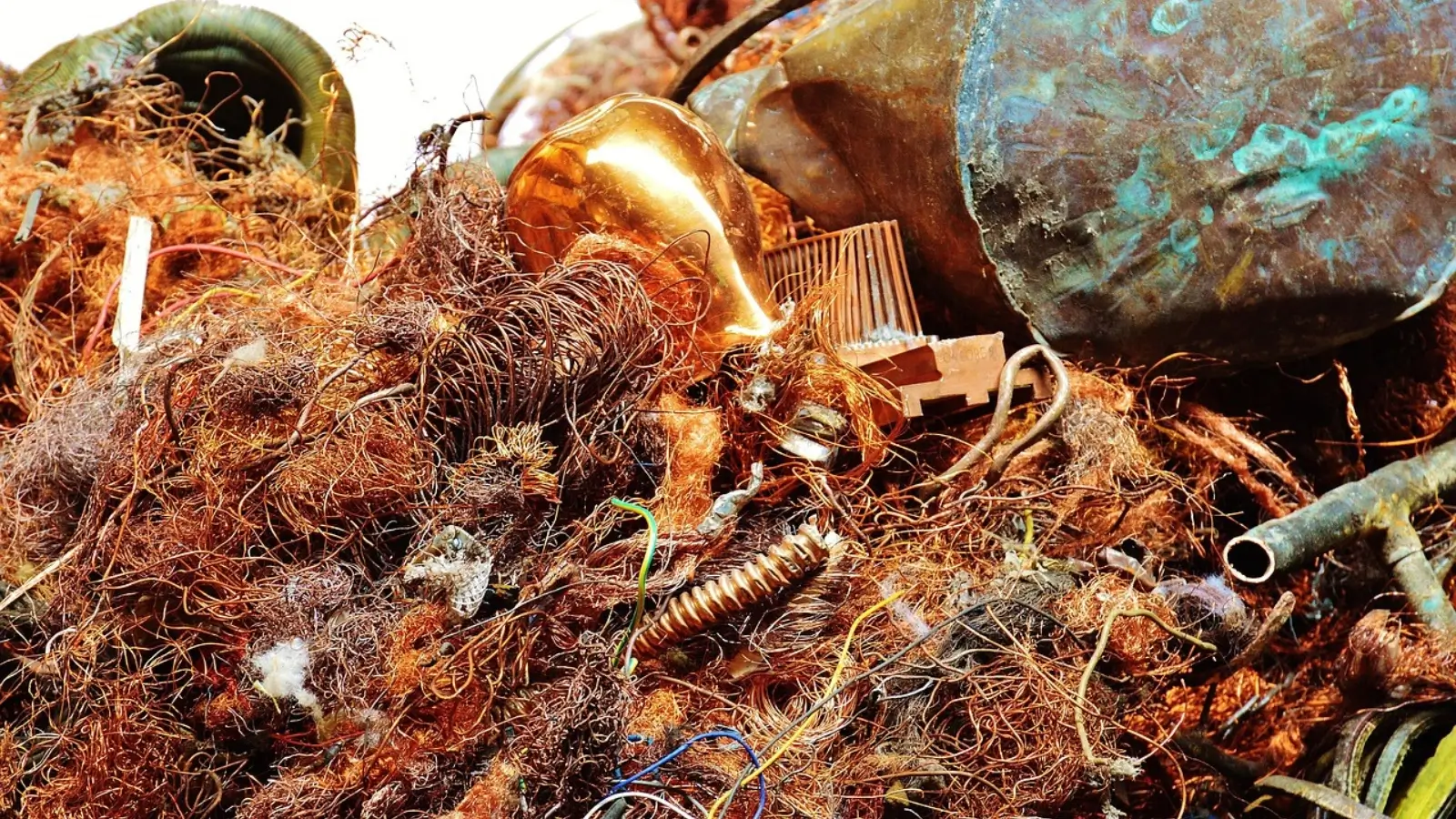


Wire recycling has quickly become a cornerstone of sustainable waste management, offering both economic and environmental rewards. Every length of copper or aluminum wire that’s recycled instead of discarded is a step toward conserving natural resources, cutting greenhouse gas emissions, and keeping toxic waste out of landfills. From the heavy-duty cables in construction projects to the tangle of old electronics cords in your junk drawer, the process of wire recycling makes a measurable difference in the health of our planet.
One of the most powerful benefits of wire recycling lies in its ability to conserve natural resources. Copper and aluminum, the two metals most commonly recovered from wires, are finite materials extracted through mining. Mining operations disrupt ecosystems, consume enormous amounts of water, and leave behind scarred landscapes that can take decades to recover. By recycling wires, we reduce the demand for virgin materials, allowing these critical resources to remain in the ground longer.
Copper recycling, in particular, is remarkably efficient. Recycled copper retains 100% of its original properties, meaning there’s no loss in quality compared to newly mined copper. Each ton of copper wire recycled avoids the need to process roughly 100 tons of copper ore. The same is true for aluminum wiring, which is highly recyclable and essential in industries from aerospace to construction. Wire recycling turns discarded materials into valuable raw resources without repeating the destructive extraction process.
Wire recycling is not just about reusing materials—it’s also a matter of energy conservation. Producing new copper from ore can require up to 90% more energy than recycling it. Similarly, recycling aluminum uses only about 5% of the energy needed to make new aluminum from bauxite. These energy savings translate directly into lower carbon emissions, which is essential in the fight against climate change.
When less energy is used, fewer fossil fuels are burned, and fewer greenhouse gases are released into the atmosphere. For example, recycling just one ton of aluminum wiring can prevent nearly 10 tons of CO₂ emissions. On a larger scale, industrial wire recycling programs can slash emissions by thousands of tons annually, making it a powerful tool for meeting climate targets.
Every wire that ends up in a landfill is a missed opportunity to prevent pollution. Wire insulation, often made from plastic or PVC, can release harmful chemicals into the soil and water as it breaks down. Some wires also contain small amounts of lead or other hazardous materials, especially in older electrical systems. If these materials leach into the environment, they can contaminate ecosystems and even enter the human food chain.
Wire recycling intercepts these materials before they can cause harm. Instead of allowing plastics to degrade in landfills or metals to oxidize into waste, recycling centers strip, shred, and process wires in controlled environments. This prevents pollutants from spreading while ensuring that valuable materials are put back into productive use.
Wire recycling plays an important role in the circular economy—a model in which materials are continually reused rather than discarded. When copper and aluminum are recovered from old wires, they’re fed back into manufacturing processes for everything from new electrical wiring to electronics and renewable energy infrastructure. This closed-loop system reduces the need for raw material extraction, extends the life cycle of resources, and minimizes waste production.
The benefits ripple through entire industries. For example, the renewable energy sector relies heavily on copper for wind turbines and solar panel wiring. By recycling existing copper, we can help accelerate the transition to clean energy without further stressing natural resources.
In some parts of the world, wire disposal is handled through informal recycling, which often involves burning wires to strip insulation. This practice releases toxic smoke containing dioxins, furans, and heavy metals, posing serious health risks to workers and nearby residents.
Responsible wire recycling eliminates the need for these unsafe methods. Certified recycling facilities use specialized machinery to remove insulation and separate metals without releasing harmful emissions. By supporting safe recycling practices, we protect the health of workers, preserve air quality, and prevent dangerous pollutants from entering our communities.
While the environmental benefits of wire recycling are clear, making an impact starts with individual action. If you have unused wires at home or in your business, here’s how you can ensure they’re recycled properly:
Gather and Sort Your Wires: Collect old cords, cables, and wiring from electronics, appliances, or renovation projects. Group them together so they’re easy to transport.
Remove Non-Metal Components When Possible: While not required, removing items like plugs or connectors can make processing easier for recycling centers.
Locate a Certified Recycling Facility: Search for e-waste recycling centers or scrap metal recyclers that accept insulated wires. Many will also take drop-offs from individuals.
Check for Community Recycling Programs: Some municipalities offer collection days for electronic waste, including wires and cables.
Avoid Burning or Improper Disposal: Burning wires releases toxic chemicals, and tossing them in the trash wastes valuable materials.
Even small amounts of recycled wiring add up, especially when entire neighborhoods or businesses get involved. By making wire recycling part of your routine, you contribute to cleaner air, healthier soil, and a more sustainable future.
Wire recycling is far more than a simple waste management tactic—it’s a vital environmental strategy. By conserving resources, reducing energy use, preventing pollution, and supporting a circular economy, it delivers benefits that extend well beyond the recycling bin. Every cable and cord you choose to recycle is a vote for cleaner air, healthier communities, and a more sustainable planet.
The next time you come across a drawer full of old cables or leftover wiring from a project, remember that those tangled lengths of copper and aluminum hold real value—not just in dollars, but in the environmental good they can do. Wire recycling transforms what might have been waste into a resource, and in doing so, it helps build a greener, cleaner future for everyone.